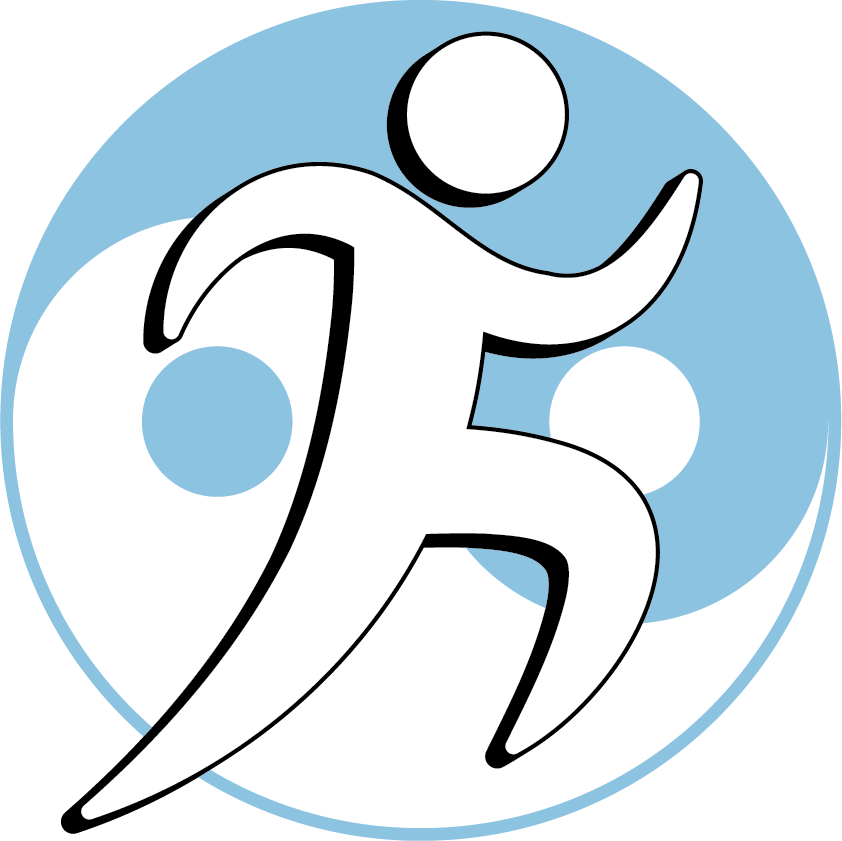Enhance your clinical skills through palpation, inspection and movement
With Instructor Jamie Bender L.Ac., DAOM
Friday July 11, 2025, 9:00-6:00, at ACCHS, 1600 Broadway, Oakland CA
Precise knowledge of clinical anatomy and kinesiology, and orthopedic/myofascial palpation and inspection, and movement analysis skills, are all essential foundations for diagnosis, and for determining where--and where not--to needle.
This unique class prepares students to get the most from the Head, Neck, Thorax module & Review/Practicum Lab
Clinical anatomy and the jing-jin ("sinew meridians" or myofascial tracts)
- We will improve our abilities to accurately locate key bony landmarks, muscles, tendons, joints, neural and vascular tissues, through palpation on ourselves and each other, and through review of clinical anatomy.
- Through palpation, observation and movement exercises, we will explore functions of key muscles and their jing-jin associations, as well as functional vs. dysfunctional movement patterns.
- We will review safety considerations, including needling angle and depth, to avoid injuring the many critical structures in this body region.
Enhanced orthopedic palpation and inspection skills
- We will enhance our abilities to feel different tissue types and layers: skin, fascia, muscle, nerve, blood vessel, and bone, with both our hands and needle-tip sensation.
- We will practice inspection and palpation for tissue abnormalities including myofascial trigger points, tendinopathies and joint disorders.
Review of anatomical structure and kinesiologic function
- Bony structures, including palpable landmarks and which muscles attach to them:
- External occipital protuberance
- Mastoid process
- Zygomatic arch
- Temporomandibular joint
- Spinous and transverse processes of C 2 to T 1
- Facet joints of C 2-C 3 to C 6-C 7
- Muscles, including location, attachments, and functions
- Pterygoids
- Digastric
- Masseter
- Temporalis
- Suboccipitals
- Paraspinals: erector spinae group, multifidi, splenius and semispinalis groups
- Upper, middle and lower trapezius
- Levator scapula
- Sterno-cleido-mastoid: sternal and clavicular heads
- Scalenes: anterior, middle, posterior
- Rhomboids
- External intercostals
- Vascular structures
- Arteries: carotid, subclavian, vertebrobasilar, temporal
- Veins: internal and external jugular
- Spinal and neurological structures and functions
- Spinal neuroforamen
- Intervertebral discs: nucleus pulposus, annulus fibrosus
- Central canal, neural arch of laminae and pedicles
- Ligamentum flavum and posterior longitudinal ligament
- Spinal cord: dura and arachnoid mater, upper vs. lower motor neurons
- Lesser and greater occipital nerves
- Nerve roots: C 1-T 12
- Brachial plexus
- Myotomes
- Dermatomes
- Cervico-thoracic anatomical kinesiology
- Planes of motion
